Over the last 20 years, The National WWII Museum has built a sizable collection of weapons used, manufactured, or acquired by service members during the war. In our collection you can find edged weapons of every type imaginable; swords, knives, daggers, and even primitive tribal pieces from North Africa and the Pacific Rim. We have firearms of all sorts; pistols, rifles, submachine guns, and larger crew-served weapons like mortars and bazookas. Most of the weapons in our collection have been donated to the Museum by veterans or their family members after decades of lying idle in attics or basements.
The collections staff tends to divide these artifacts into two broad categories. We have what we call our “type samples.” These pieces tend to be material manufactured in massive quantities during the war. Items like helmets, bayonets, and firearms that were common to millions of service members, but lack a personal connection to a named individual. So, aside from some basic assumptions, we don’t know who exactly used these items, or where they were specifically used. In my opinion, these artifacts are great for telling the broader story of World War II, but I often find myself wondering how great would it be if these things could “talk.”
In the other category are artifacts with provenance, these are the pieces that do “talk,” so to speak. These are the pieces that have a strong personal connection to a named individual.
A large portion of the weapons in the collection were manufactured by Axis or Axis occupied countries. Most of them share a similar story. After they were used against US service members in combat, but before they became dust collectors in American attics and basements, they were picked up as souvenirs by service members.
Many of them made the trip to the US in a GI’s duffel bag, some rifles even bare modifications to the wooden stock so they could fit. This practice was so common with German K98 Mauser Rifles that collectors refer to the modification as the “duffel cut.”
A few of these captured pieces have even more detailed stories, like the Japanese Arisaka Type 38 Carbine brought home by Major Abraham Lewis Kolodny.
Dr. Kolodny served as a surgeon with the 5307th Composite Unit (Provisional), the unit more commonly known as “Merrill”s Marauders” in Burma. The incident surrounding the Japanese rifle occurred during the week long siege of Nhpum Ga, when Kolodny’s aid station came under Japanese sniper fire that endangered his staff and patients. Annoyed by the harassing fire, Kolodny decided to put a stop to it. He found a bazooka man and bet the soldier five dollars that he couldn’t hit the Japanese sniper in the tree overlooking his aid station.
A few minutes later, the bazooka man was back at the aid station to collect his five dollars. Kolodny kept the dead sniper’s rifle as a souvenir. In 2019, the rifle was donated to the museum by his son, Dr. Douglas Merrill Kolodny.
In 1962, Warner Bros.Studios produced a movie about the unit’s exploits titled, “Merrill’s Marauders.” Dr. Kolodny is portrayed by actor Andrew Duggan in the film.
Another interesting piece is the Polish M35 Radom Pistol picked up by Easy Company, 506th PIR member, Private First Class Ed Sabo. One of the original Toccoa men, Sabo served in Sgt. “Wild” Bill Guarnere’s squad and participated in every major campaign Easy Company fought during the war.
The M35 Radom Pistol was manufactured under Nazi occupation. Sabo modified the weapon by removing the factory bakelite grips and replacing them with custom made plexiglass grips. During the war, plexiglass was often scavenged from aircraft canopies to fashion pistol grips and knife handles.
In the 1990s, the exploits of Sabo and the men of Easy Co., 506th PIR were brought to public attention by historian Stephen Ambrose with the release of his book, Band of Brothers. In 2003, Ed Sabo’s helmet and captured pistol were donated to the Museum by his daughter, Linda Sabo Peck.
We have some personal weapons carried by US service members in combat in the collection as well. Here are a couple of my favorites.
There’s the M1A Carbine carried by Colonel Charles W. Hostler on D-Day.
Hostler was a captain in the US Army Air Forces when he was assigned to the X-2 section of the OSS, the WWII predecessor of the CIA. Hostler was trained as a member of a counterintelligence team to support the Allied forces during the invasion of Normandy. Initially, he was trained for airborne insertion into the invasion area, which is why he was issued the folding stock version of the M1 Carbine so common with paratroopers. However, on D-Day, Hostler came ashore at Utah Beach.
Hostler’s team was tasked with moving slightly ahead of the Allied advance to locate French nationals known to work for the Abwehr (German Intelligence). Hostler’s team would confront the enemy agents and then persuade them to work for the Allies by feeding their German handlers misinformation via Morse Code. It was dangerous work.
Hostler’s first target was a grocer near St. Mere-Eglise. In an effort to avoid arousing suspicions among the grocer’s neighbors, Hostler knocked on the man’s door with his .45 holstered and carbine slung over his shoulder. When the man answered the door, Hostler was hit in the head with the blunt end of an axe. Hostler’s driver came to the rescue and quickly subdued the enemy agent. In spite of the nasty wound to his head, Hostler refused to go to the field hospital. A field medic patched him up, and Hostler continued the mission.
As the Normandy Campaign was winding down, Hostler was assigned to a special intelligence task force that entered Paris as the Germans were retreating from the city. Among the team’s assignments was guarding against the theft of the French monetary engraving plates located in the Hotel des Monnaies.
A few days later, Hostler and his team drove down the Champs Elysees in General Charles de Gaulle’s procession towards Notre Dame Cathedral. When they arrived at the cathedral, a sniper fired at them from one of the towers. Two nearby French tanks opened up immediately with their .50 caliber machine guns and knocked one of the famous stone gargoyles off of the structure. The gargoyle nearly crushed Hostler as it landed at his feet.
Before entering the cathedral to deal with the German sniper, Hostler picked up the gargoyle and placed it in the passenger seat of his jeep. When he returned, the gargoyle was gone. Hostler later lamented. “What a wonderful conversation piece that gargoyle would have made in my garden.”
Col. Hostler had an illustrious postwar career with the CIA, and donated his carbine to the Museum in 2001.
V42 Stiletto carried by Sgt. Irving Becker while with the 1st Special Service Force. Gift in Memory of Sgt.Irving Becker, 2017.248
Another favorite of mine, is the V44 Stiletto carried by Sgt. Irving Becker. You can read about Becker’s story here.
These are just a few of my favorite weapons from the collection that have been acquired over the past 20 years. Who knows what the Museum may acquire over the next 20?
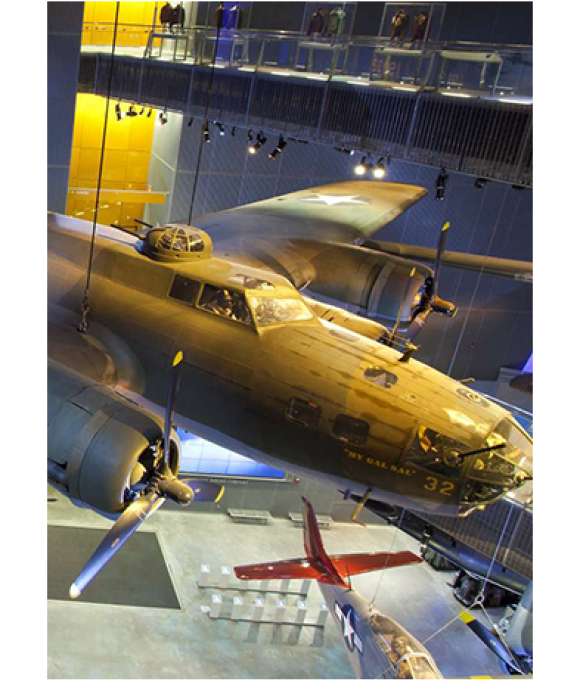
Building Collections, Remembering Lives: 20 Years of Collecting at The National WWII Museum
As The National WWII Museum celebrates year 20, we look back at some collection highlights.
Larry Decuers
Larry Decuers is a former Curator at The National WWII Museum and veteran of the US Army's 101st Airborne Division.
Cite this article:
MLA Citation:
APA Citation:
Chicago Style Citation:
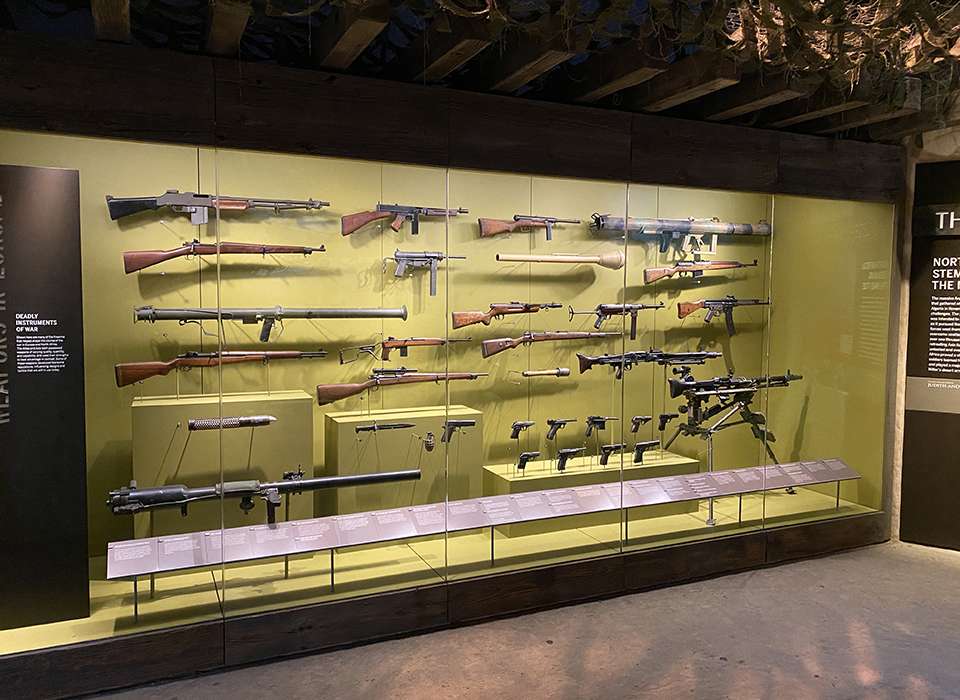
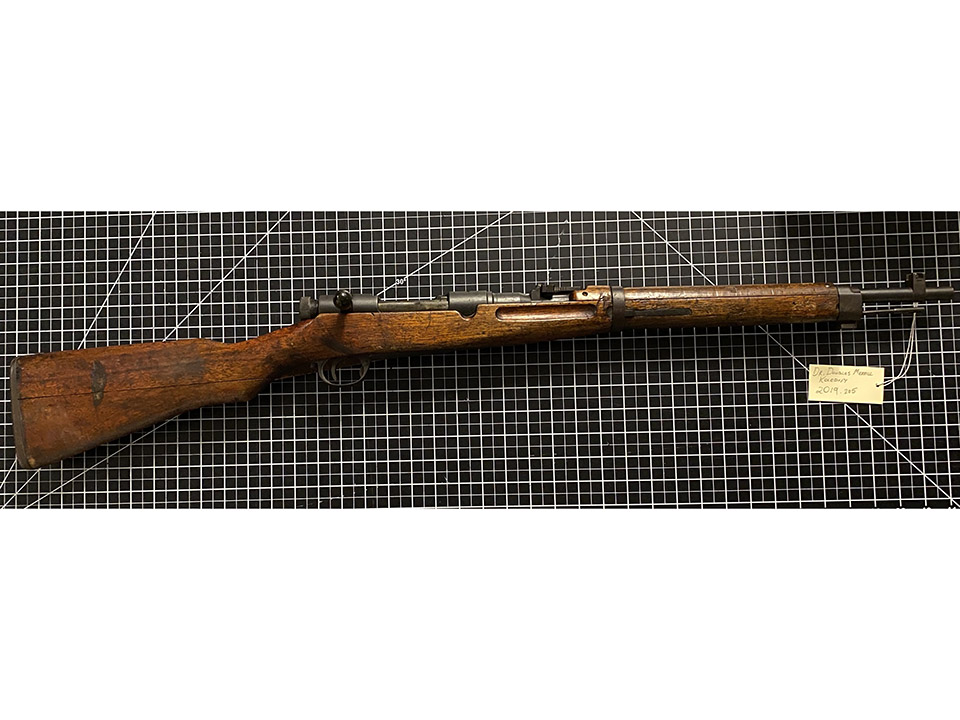
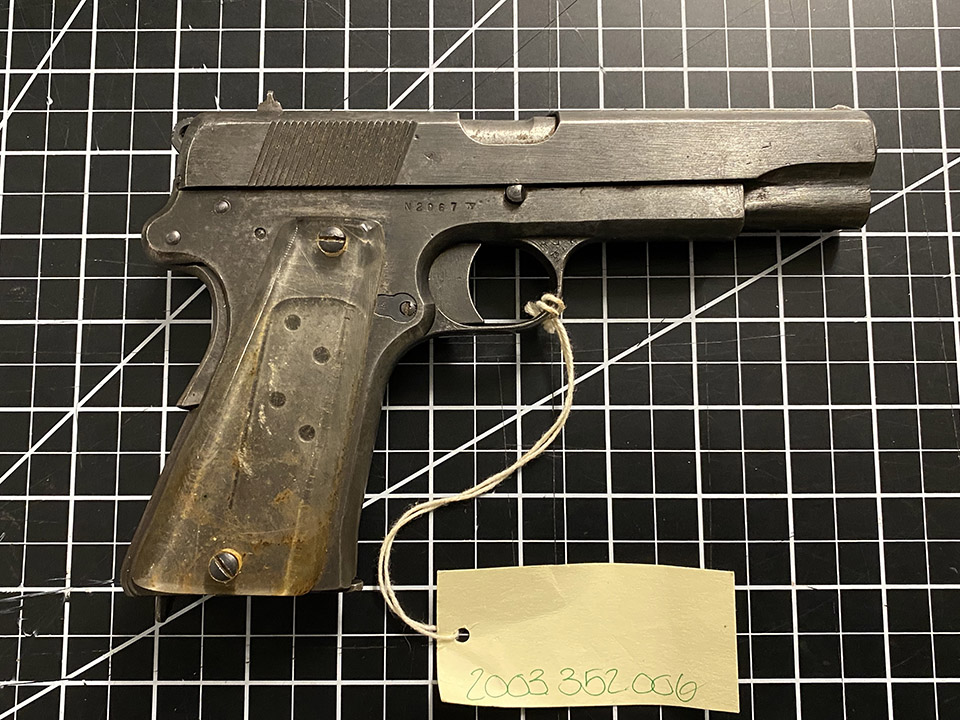
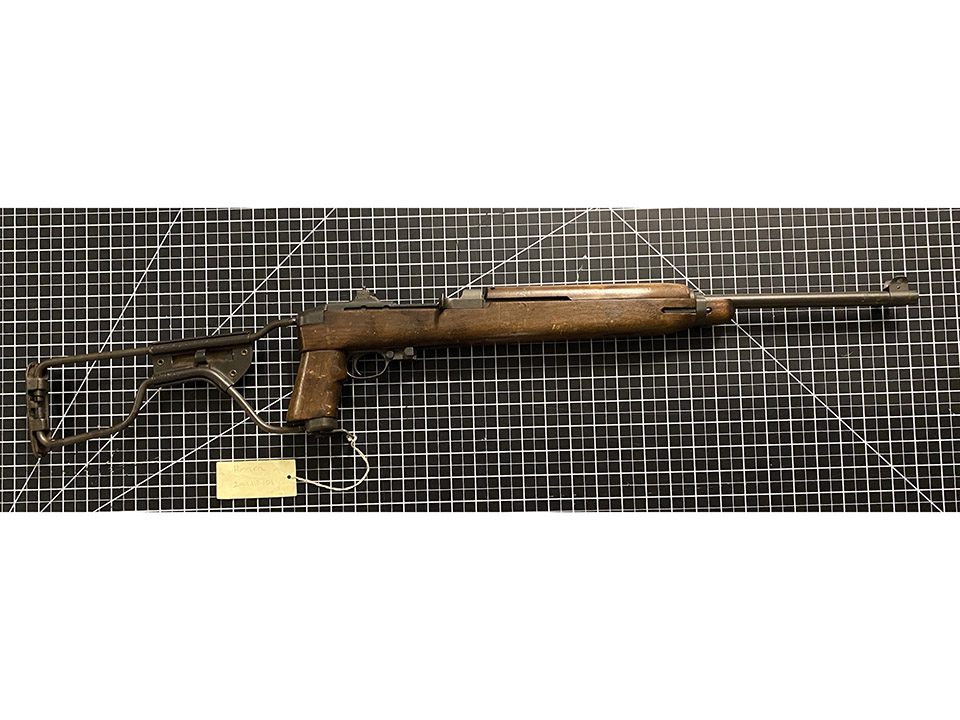
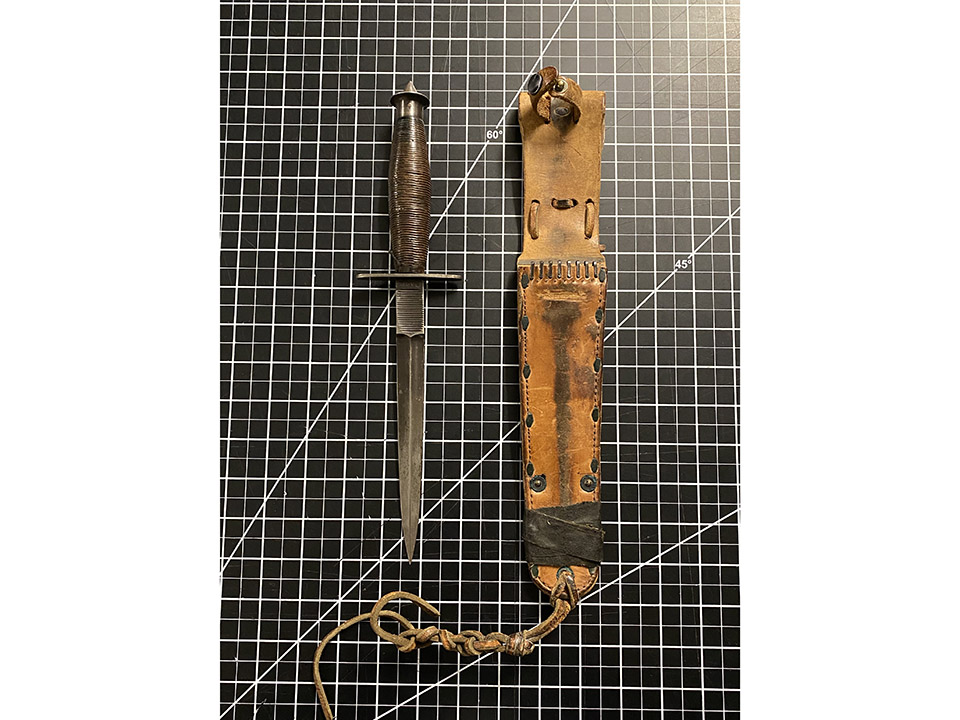
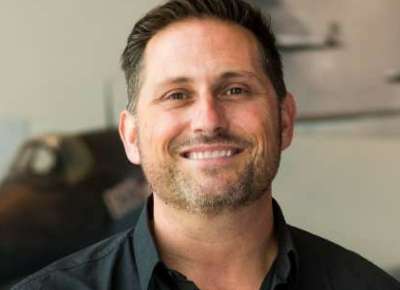
![Max Fuchs, New York City cantor, sings as Rabbi Sydney [sic] Lefkowitz, Richmond, VA, conducts the first Jewish services from Germany.](/sites/default/files/styles/max_650x650/public/2025-10/image1.jpg)






